Practice Entrusting Grassroots Practice ② | The stone of Saihanba "blooms"
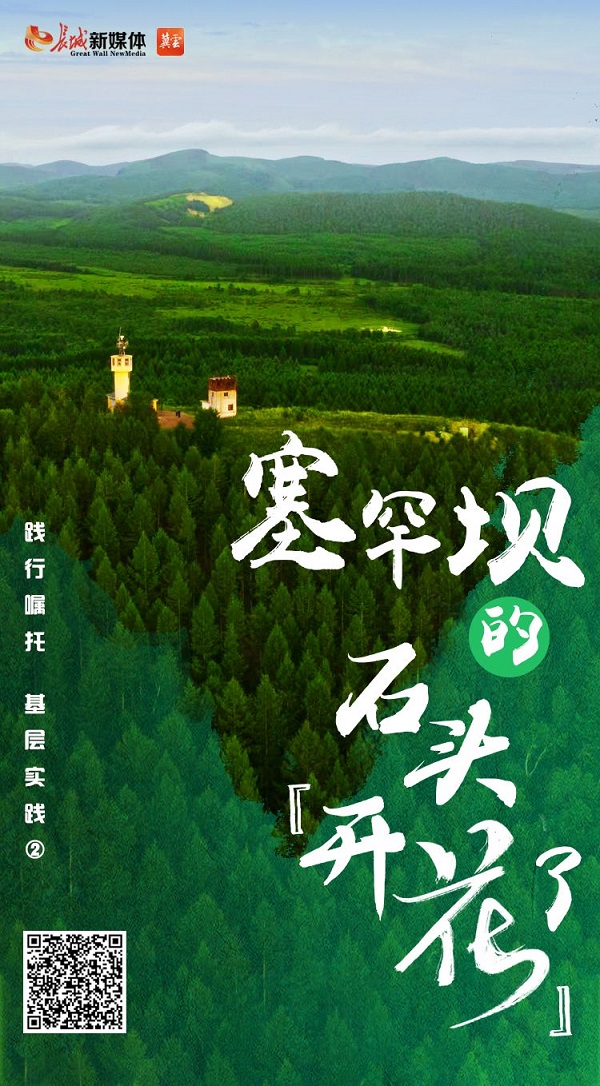
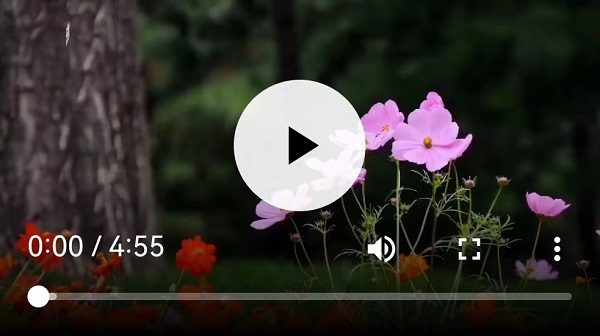
At the end of summer and the beginning of autumn, walking through the millions of acres of forest in Saihanba, I felt the sky blue and green trees, green everywhere and cool breeze blowing gently.
Yuan Zhongwei, the third-generation forester of Saihanba Machinery Forest Farm, pointed to a piece of Pinus sylvestris var. mongolica more than one meter high on the rocky sunny slope of Juzigou in Matikengying Forest Area of Qiancenban Forest Farm in Saihanba, and said that these trees were the new green they planted in the cracks of the stone this year.

Saihanba mechanical forest farm in early autumn is full of greenery.Photo by Gao Junhu
"Afforestation on stony sunny slopes is a world-class problem. Some experts once said that it is difficult to plant trees here. In 2011, when I came to Saihanba, I was catching up with Israel ‘ Three generations of Lin ’ The Saihanba people, who are the main force, launched a general attack on the100,000-mu rocky sunny slope with little soil, steep slope and difficult water storage. " Yuan Zhongwei recalled.
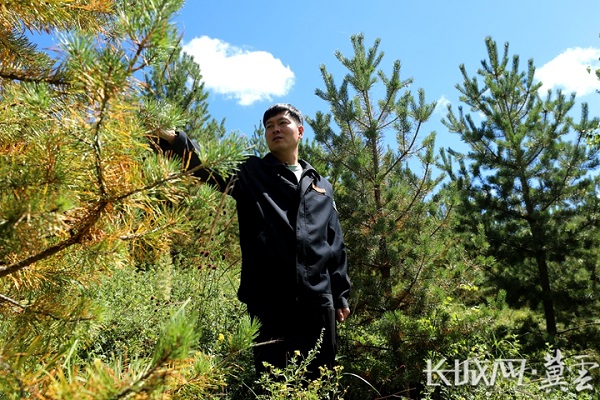
The rocky sunny slope of Juzigou is 1600 meters above sea level, with a slope of 30 degrees, and the thickest soil layer is only 10 cm, so the road to afforestation is full of difficulties. After repeated trial planting, they found that Pinus sylvestris var. mongolica was drought-resistant and cold-resistant, and had low requirements for soil and climate, and eventually became the main tree species for afforestation on rocky sunny slopes.
Choosing good afforestation tree species, the road of afforestation on rocky sunny slope has just begun.
"There are three main difficulties in tackling afforestation: thin soil layer, less water and difficulty in planting trees." Yuan Zhongwei told reporters that there is only a thin layer of soil on the rocky sunny slope. In order to ensure the survival rate of saplings, they transported some soil from other places to cover it. In order to ensure sufficient moisture, they use film mulching technology to fix moisture. When it rains, rainwater can flow along the film to the roots of Pinus sylvestris var. mongolica, and at the same time, it can also ensure that water does not evaporate.
In addition, planting trees and transporting seedlings on the hillside is also a big problem, which can only be carried by mules and carried by people. It takes more than an hour to get down once.
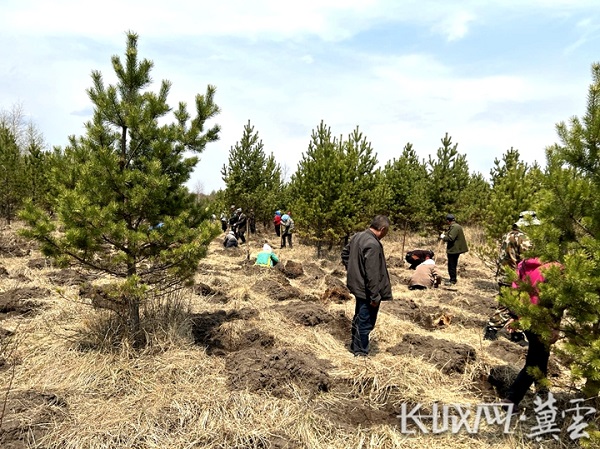
Saihanba people planted Pinus sylvestris var. mongolica on stony sunny slopes. Yuan Zhongwei
The tree is alive. Yuan Zhongwei and his colleagues have long had their own plans on how to protect this piece of Pinus sylvestris forest on the hillside.
"In fact, when planting trees, we took into account that most of these slopes are steep and difficult to raise, so we left enough room for Pinus sylvestris var. mongolica to grow. Only 55 trees were planted per mu, and the afforestation density was half less than that of the flat land." Yuan Zhongwei said.
Nowadays, at first glance, the once desolate rocky sunny slope of Saihanba has become an evergreen forest, and the contiguous Pinus sylvestris var. mongolica is lush. Just this year, the task of afforestation on the rocky sunny slope of Saihanba Forest Farm was basically completed, and the survival rate of afforestation reached over 90%, and remarkable results were achieved in preventing wind, fixing sand and conserving water sources.
"At first, when we planted trees on stones, everyone was a little hesitant, but we were greatly encouraged by the thought that the foresters of the older generation would turn millions of acres of desert into millions of acres of forests. Today, we have also built forests on the barren hills, so that the barren hills are covered with new green and the stones are blooming. " Yuan Zhongwei said proudly.
Especially in the last year, Saihanba accelerated the afforestation on the rocky sunny slope and completed more than 1,700 mu of afforestation.
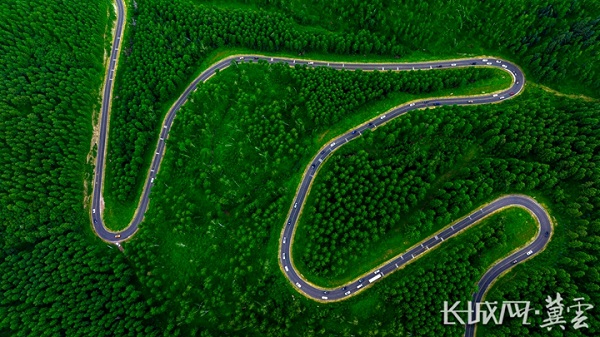
Saihanba mechanical forest farm. Photo by Gao Junhu
Prosperous times make forests flourish, which will benefit future generations. This year marks the 60th anniversary of the establishment of Saihanba Mechanical Forest Farm. With the hard work of generations of Saihanba people, the ecological benefits of Saihanba have become more and more remarkable. Forests and wetlands conserve 284 million cubic meters of water every year, releasing 598,400 tons of oxygen, fixing 860,300 tons of carbon dioxide and completing 160,000 tons of carbon sink transactions.
Today, the "three generations of Lin" have taken over the banner of their predecessors and continued to write the green legend of Saihanba with their youth and blood, so that this piece of green will last longer.
Producer: Li Yao
Planning: Li Tiebing
Coordinator: Guo Qingmin
Shooting: Gao Hang Qin Qihan
Interview: Joya
Production: Gaohang
Poster: Li Yuanhua